Measurement Teaching Resources
Is your math class ready to dive into length measurement, measuring objects, and more measurement practice? Say hello to printable measurement worksheets, games, and digital activities created by teachers for elementary teachers!
This collection of teaching resources was created by our expert math teachers to help students meet Common Core and state-level standards. Each printable and digital download has undergone a rigorous review by the teachers on the Teach Starter team to ensure they’re student-ready — so you can cut down on lesson planning time!
New to teaching this part of the math curriculum? Our teacher team knows what it’s like to suddenly teach a brand-new grade level, so we’ve put together a quick guide to teaching measurement!
What Are the 4 steps of Teaching and Learning Measurement?
Elementary students have to learn a long list of measurement concepts during their stint in elementary school, including:
- length
- liquid volume
- elapsed time
- mass (weight)
- area
- volume of three-dimensional figures
The good news for teachers: Most measurement concepts have very real-world applications for students. That means there's a whole world of ways to get students excited about reading a ruler or tape measure or weighing heavy objects on a scale.
But before you can get there, let's start with the basic steps to work through when you're teaching students how to measure ... well ... anything!
- Direct comparison — One of the earliest steps of learning measurement is learning the attributes that are being measured. For example, students need to learn what length is if they're ever going to measure it. That's where direct comparison (and step 2, indirect comparison), come in. If you put 2 objects side by side, students can directly compare which is longer and which is shorter and start to understand how to measure an object.
- Indirect comparison — What happens when you can't directly compare two objects? You can add a third as a reference point for indirect comparison, thereby increasing student understanding of the attribute being measured.
- Measuring with non-standard units or informal units — Just as students need to understand the attribute of measuring, they also need to understand the concept of the units we use to measure such as inches or pounds. Using non-standard units is the first step to teaching the concept of units, offering students the chance to work with different objects, counting how many of these "units" it takes to make up another. This is the fundamental base of measurement.
- Measuring with standard units — Finally, in the final step of teaching measurement, students move on to using the formal units of measurement and learn to use measurement instruments.
Why Is Teaching Measurement Important?
There are concrete uses for learning measurement that will surely spring to mind — from using a tape measure to measure a space in a home to weighing ingredients when baking to determining the capacity of a juice glass before pouring in the liquid. These are all means for quantifying our environment.
But the benefits of teaching students about measuring lines with a ruler or figuring out mass measurements from largest to smallest go well beyond the obvious. Learning to measure helps students develop spatial and number skills.
- Plus Plan
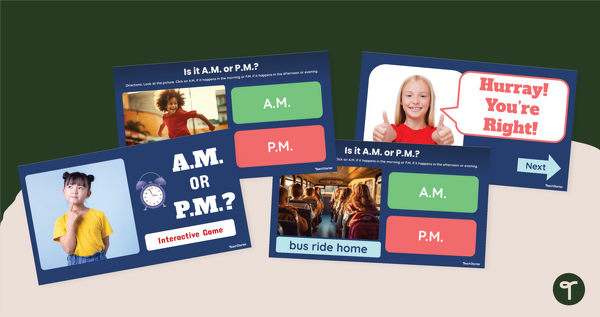
A.M. or P.M.? 2nd Grade Time Game
Differentiate between events that occur in A.M. and P.M. times with an interactive self-checking digital learning game.
- Plus Plan
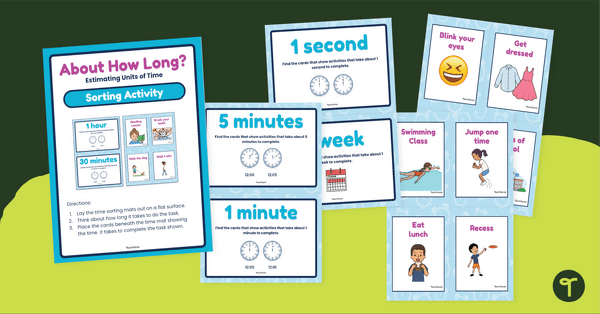
Hours, Seconds & Minutes - Estimating Time Sort
Estimate activities that take about a second, minute, hour, and week with a printable unit of time sorting activity.
- Plus Plan
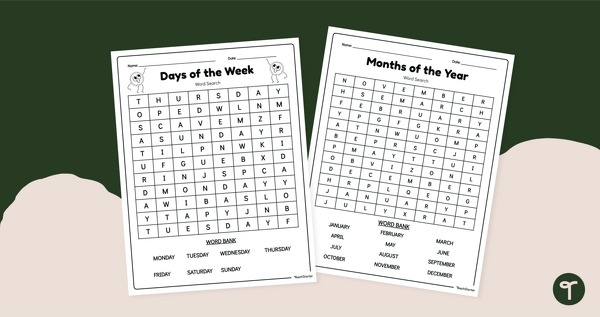
Days of the Week - Months of the Year Word Search
Practice recognizing the days of the week and months of the year with printable Day and Month Word Search worksheets.
- Plus Plan
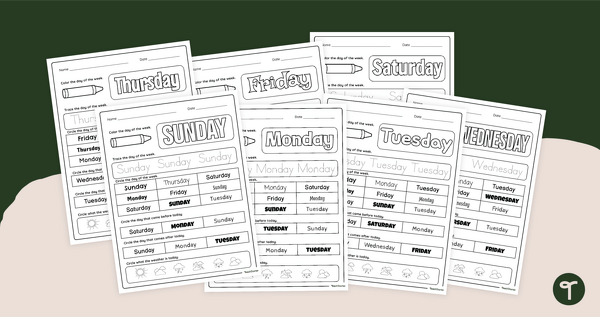
Days of the Week Activity Sheets
Use these Days of the Week printables to introduce your students to basic calendar concepts like ordering days of the week, writing their names and more!
- Plus Plan
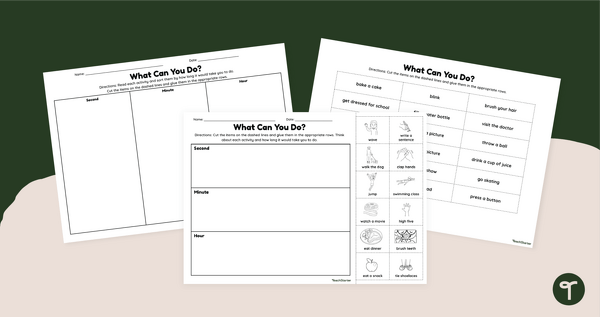
What Can You Do? 1st Grade Time Printables
Help your students understand time increments with a pair of cut-and-paste math worksheets for first grade.
- Plus Plan

Figuring Elapsed Time - Interactive Game
Determine the elapsed time between events and have fun with an interactive Elapsed Time game.
- Plus Plan
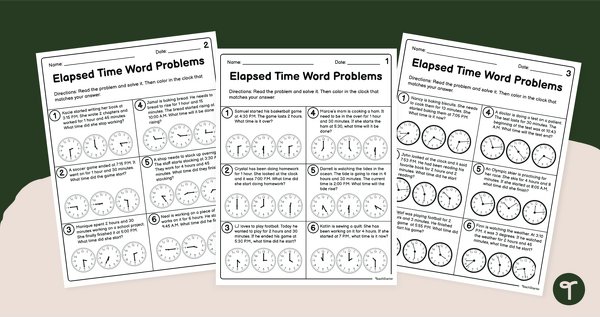
Elapsed Time Word Problems - Worksheets
Solve elapsed time word problems and build telling time skills with printable time and elapsed time worksheets.
- Plus Plan
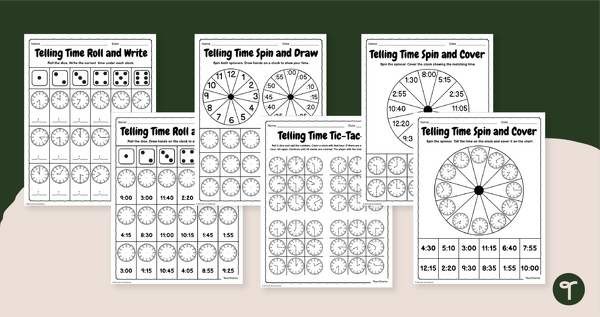
Telling Time Printable Games for 2nd Grade
Help your students learn to tell time to the 5 minutes with this set of six printable Telling the Time games for 2nd grade.
- Plus Plan
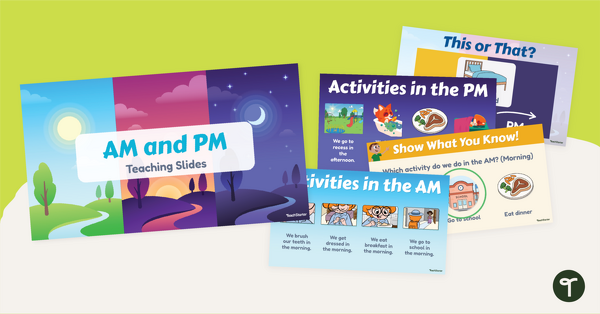
AM & PM Teaching Slideshow
Teach your students the difference between AM and PM time with an engaging teaching presentation.
- Plus Plan

Estimate the Time - Math Worksheets for 1st Grade
Help your students understand and estimate time in seconds and minutes with a trio of Time Estimation worksheets for first grade.
- Plus Plan
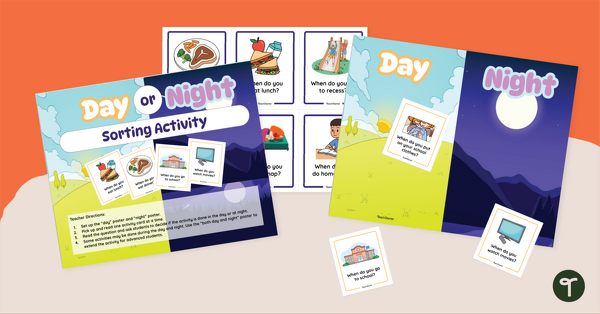
Day or Night Sorting Activity
Help your little learners understand and apply the concepts of day and night with this fun sorting activity.
- Plus Plan
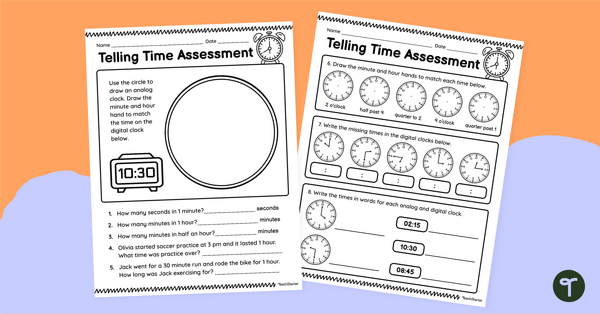
Analog Clock Test - 2nd Grade Telling Time
Administer an Analog Clock Test to determine mastery of second grade clock reading skills.
- Plus Plan
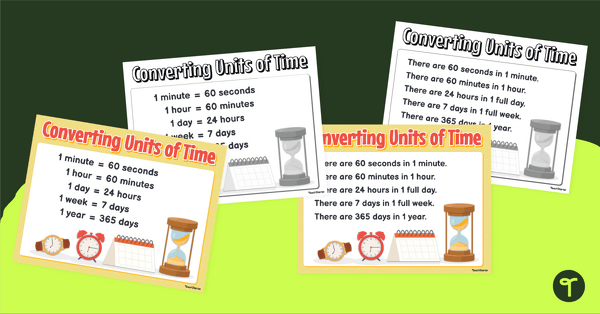
Grade 5 Math - Time Conversion Chart
Help your 5th Grade math students learn to convert units of time with a printable Time Conversion Chart.
- Plus Plan
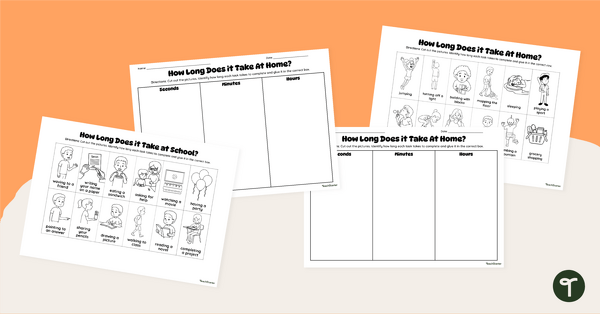
How Long Does It Take? – Seconds, Minutes & Hours Worksheets
Estimate the duration of time it takes to complete an action with a pair of Seconds, Minutes, or Hours? Cut and Paste Worksheets.
- Plus Plan
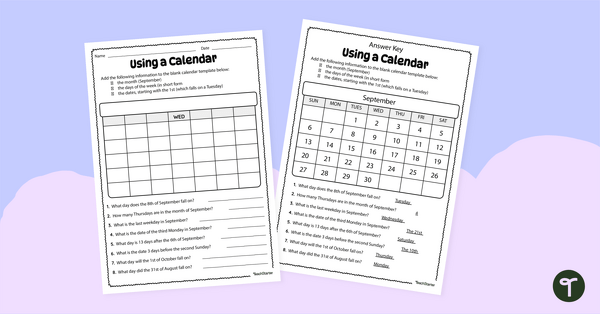
Reading a Calendar – Worksheet
Practice locating information on a calendar with a 2nd Grade Calendar Worksheet.
- Plus Plan
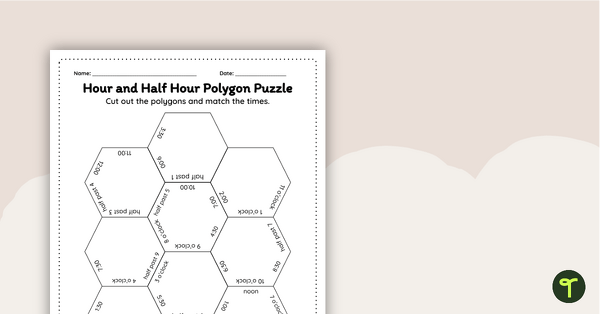
Tarsia Puzzle - Telling Time for 1st Grade
Solve the tarsia puzzle and practice matching digital times with their corresponding word forms.
- Free Plan
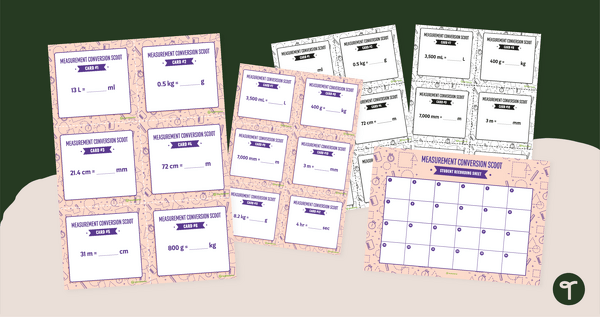
Measurement Conversion Game - SCOOT!
Grab a handy set of 24 measurement conversion task cards to use as a whole class scoot activity.
- Plus Plan
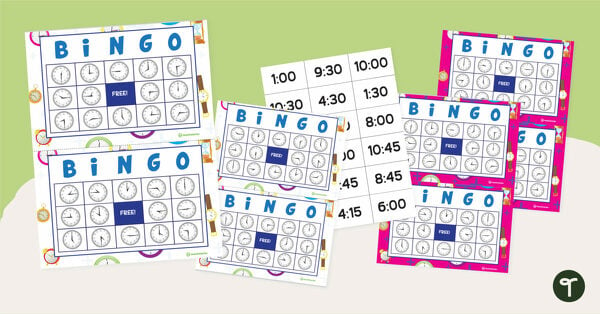
Telling Time Bingo - Time to the Quarter Hours
Practice telling time to the quarter hour with a printable Telling Time Bingo Game.
- Plus Plan
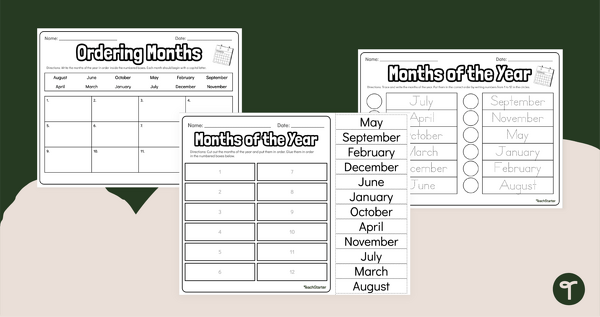
Months of the Year - Ordering Worksheet
Practice ordering months of the year with a pack of printable months of the year worksheets for kindergarten.
- Plus Plan
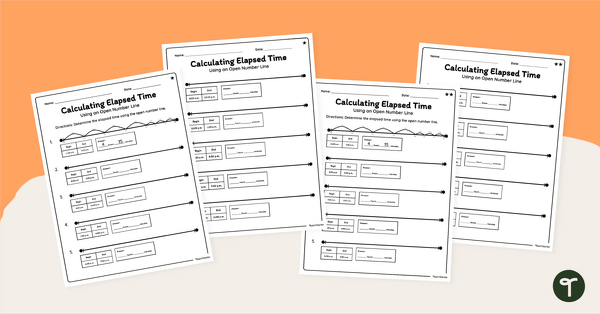
Elapsed Time on a Number Line Worksheets
Practice finding elapsed time using an open number line with a pair of differentiated elapsed time 3rd grade worksheets.
- Plus Plan
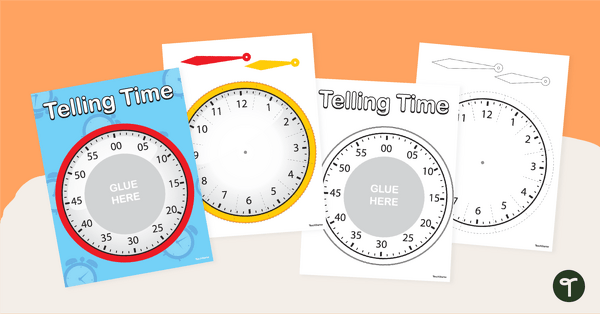
Telling the Time Clock Template
Teach how to tell the time to the nearest five-minute increment with a hands-on printable clock template.
- Plus Plan

Calculating Elapsed Time - Practice Sheets
Calculate time elapsed with a variety of scaffolded elapsed time table worksheets.
- Plus Plan
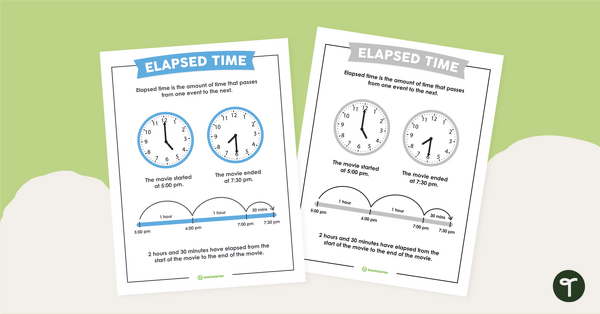
Elapsed Time Anchor Chart - Printable
Show students how to calculate elapsed time on an open number line with a printable elapsed time anchor chart.
- Plus Plan

Digital Clock Template
Print an interactive digital clock template to practice telling time during daily classroom calendar lessons.
- Plus Plan
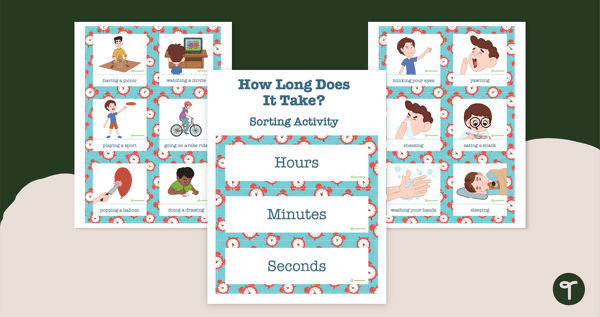
How Long Does It Take? – Sorting Activity
A set of 18 daily events for students to sort based on how long they take (second, minute, hour).
- Plus Plan
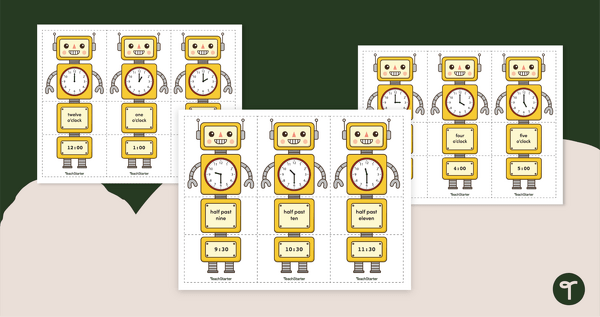
Time to the Hour and Half Hour Match-Up
Match cards with three different representations of time to practice reading clocks and time in their written form.
- Plus Plan
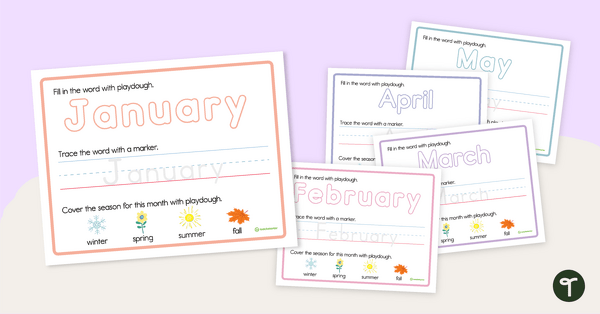
Months of the Year Playdough Mats
Use printable playdough mats to help your students learn to read and spell the months of the year.
- Plus Plan
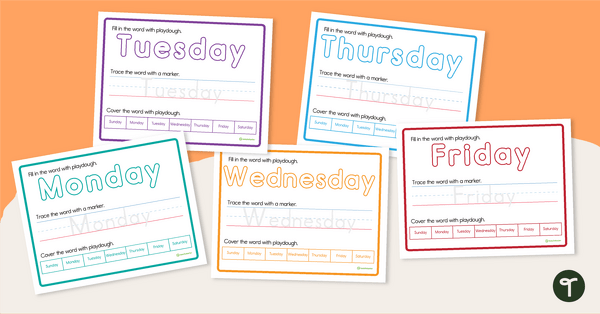
Days of the Week Playdough Mats
Use playdough mats to help your students identify, sequence and spell the days of the week.
- Free Plan
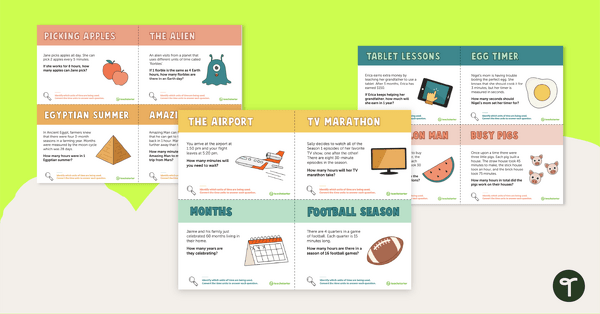
Converting Time Units - Task Cards
Practice converting time with a handy set of free Time Unit Conversion Task Cards.
- Plus Plan
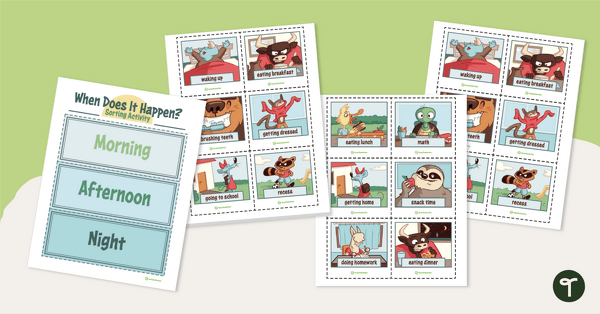
When Does It Happen? – Sorting Activity
Identify activities that happen in the morning, afternoon, and at night with a Time of Day Sorting activity for Kindergarten students.
- Plus Plan
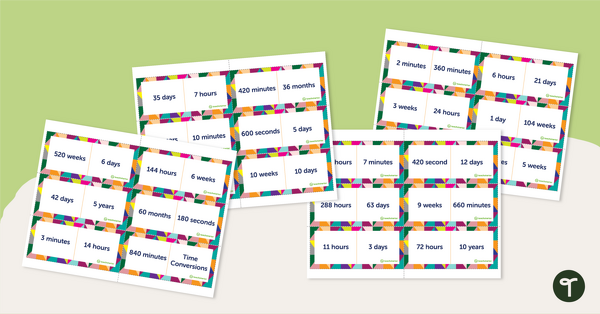
Time Conversion Dominoes
Practice converting units of time with a fun game of Time Conversion Dominoes!
- Free Plan
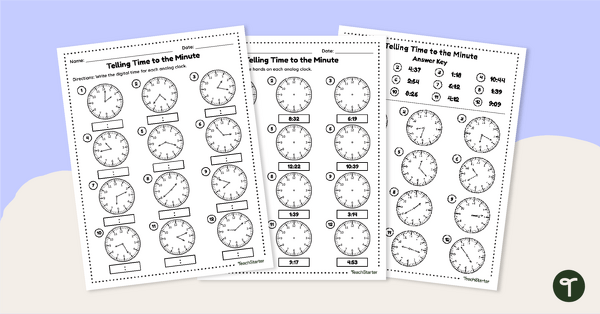
Free Telling Time to the Minute - Worksheet Pack
Practice telling time to the minute by writing the digital time and drawing the hands on analog clocks.
- Measurement Worksheets
- Measurement Games
- Measurement Posters
- Measurement Projects
- Measurement Templates
- Measurement for Pre-K
- Measurement for Kindergarten
- Measurement for 1st Grade
- Measurement for 2nd Grade
- Measurement for 3rd Grade
- Measurement for 4th Grade
- Measurement for 5th Grade
- Measurement for 6th Grade